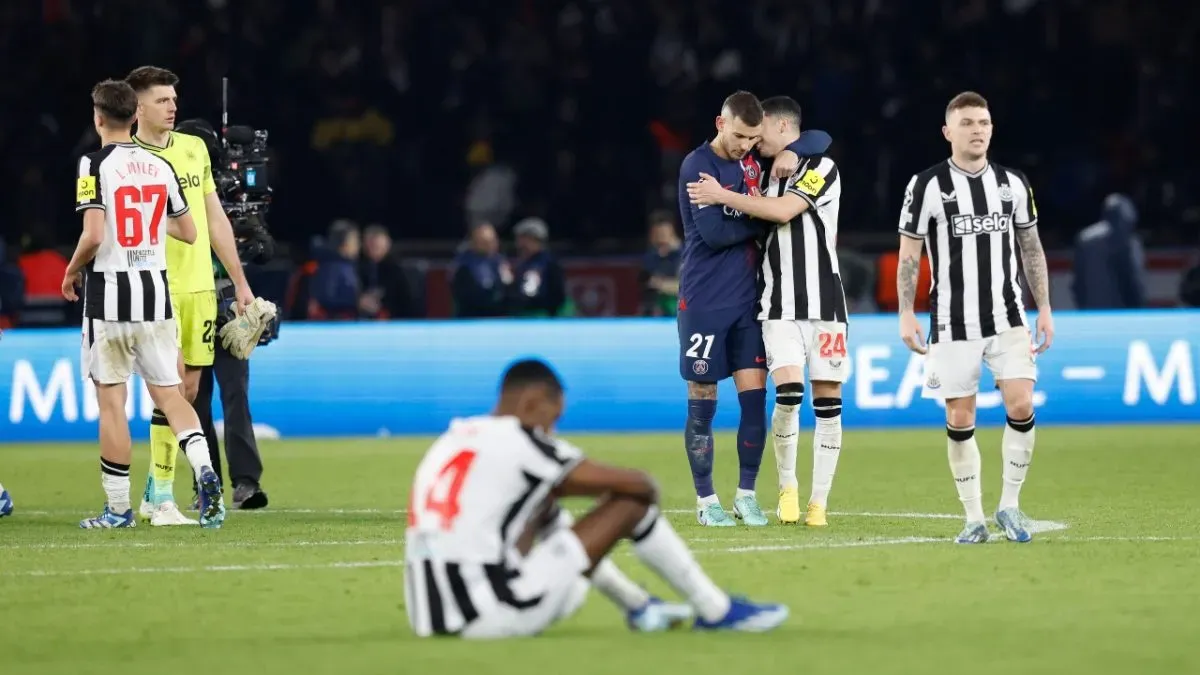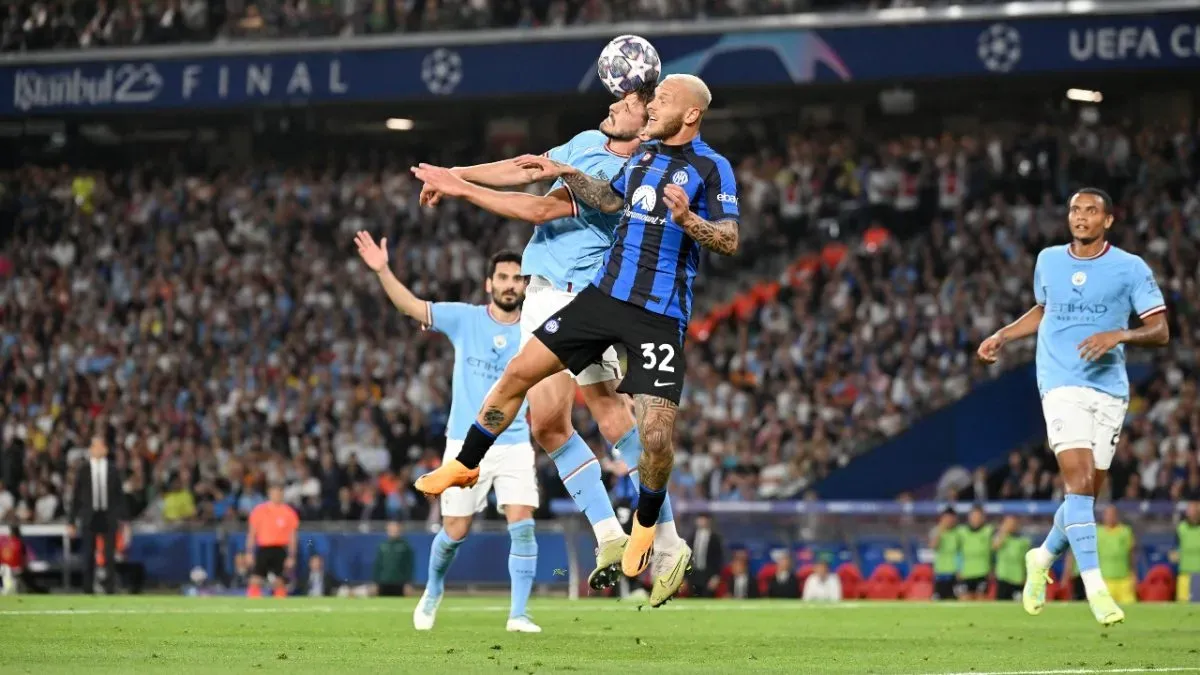The 2022/23 UEFA Champions League campaign signals the end of the group-stage format. With 32 teams in play, there are eight groups of four. The top two teams from each group advance to the round of 16, which brings two-legged knockout ties. Next season, the UEFA Champions League changes drastically. For the first time, the Champions League will more resemble an actual league instead of a tournament-style competition.
The controversial decision is part of an ever-growing movement for players to take part in more contests. In the 2024/25 Champions League season, the first round of games has each team playing eight games. That is up from six in the current format of the Champions League with the group stage. Together in one league, each team will be in one of four pots, with each pot having nine teams. All clubs will play one home game and one away game against a team in the four different pots. Therefore, one of the biggest changes is that teams in pot 1, which is the title holder of the competition and other teams ranking highly in the UEFA club coefficient, will play two teams in that same pot. For example, Manchester City could play games against Real Madrid and Bayern Munich in the first phase.
After the eight league-stage games, the top eight teams in the 36-club table automatically advance to the round of 16. The teams sitting ninth to 24th play two-legged ties to reach the knockout stage. Then, there is one draw for the round of 16 onwards, and there are no restrictions based on countries. For that draw, performance in the league stage and finishing higher in the table matter.
UEFA aims for ‘competitive balance’ with new Champions League format
The reason for the change is to ensure every game counts for clubs in the UEFA Champions League. In its own words, UEFA says any result has the potential to dramatically change a team’s position. It specifically mentioned the parity on the final matchday. Winning or losing could be the difference between a team automatically qualifying for the Champions League knockout stage and elimination from the competition altogether.
That could be true, but the first season will prove to be a test to see if there is any competitive balance that exists. The new format could benefit stronger teams that find themselves lower in the club coefficient table. For example, Newcastle was in pot four of the UEFA Champions League group-stage draw this season. It picked up a brutal draw with PSG, Borussia Dortmund and AC Milan. Rather than playing six games against those teams, Newcastle would have had the opportunity to play games against clubs like Feyenoord, Manchester United, Braga or Royal Antwerp, each of which was in a different pot.

On the other hand, the draw can set up a violent array of fixtures. ESPN proposed what the draw would have looked like if the format of 2024/25 was active in the current campaign. Manchester United could have picked up league-stage games against Bayern Munich, Paris Saint-Germain, Napoli, Atletico Madrid, Braga, Red Star Belgrade, Marseille and Celtic. That is a gauntlet of games that almost certainly spells disaster for the Red Devils. Therefore, it could accurately weed out the lesser teams in Europe instead of allowing them to chance their way through the first phase.
In all, the biggest positive of the new league phase is the addition of those games between ‘pot 1’ teams. There is a reason the aforementioned Newcastle group has been so compelling. It has had elite teams playing each week. In that group, every game does matter. With finishing higher in the table a worthy factor in the new league phase, those games will carry added importance. Moreover, with every game in the final matchday happening on the same day, that day should be the most exciting day of the Champions League season.
The negatives of the competition’s changes
The revised format brings a massive uptick in the number of games. The current format of the Champions League totals 125 games. However, next season, there will be 189 games. Remember, after each of the 36 teams plays eight games in the league phase, the teams sitting ninth to 24th play an additional two games to reach the knockout stages. In that case, those 16 teams are playing a 10-game group stage, which is up from the current six. That harms the players, most of whom are already playing too many games with bloated fixture schedules. Exhaustion injuries have popped up regularly among the busiest and best clubs in Europe.
That all, unsurprisingly, comes down to money. More games allow UEFA to pull in bigger broadcasting deals. This comes back to the top clubs who will be playing each other. Fans across the world will want to watch elite clubs battle in the league phase, so broadcasters will pony up more money to UEFA. Then, the top clubs will make more money because of the portions they earn from broadcast deals.

Also, this format favors the big teams. While that may set up bigger games down the road, it does not bring in the fantastic stories of smaller clubs making runs. More games inherently eliminate parity. Manchester City may lose a random League Cup game to Southampton like last season or a Champions League tie to Tottenham as in the 2018/19 season. There is a reason the best teams continually win domestic leagues. There are more games. Bayern Munich has won the last 11 Bundesliga titles. Manchester City has won five of the last six Premier Leagues. The last time Atletico Madrid, Barcelona and Real Madrid did not win LaLiga was Valencia in 2003/04. More games allow the best teams to effectively flex their muscles. They are less likely to slip up, even if they are playing good, but not great, teams.
The first season of the UEFA Champions League format will be paramount to the competition’s success. If it does deliver heightened fixtures that fans enjoy, UEFA can reap the benefits financially and professionally. However, it will be under the constant threat of players complaining over the number of games with money-hungry tournament organizers.
PHOTOS: IMAGO.















